Think the 2025 Charger’s EV transformation is radical? It’s far from the only about-turn the badge has made in the last 60 years
3 hours ago
 –>
–> 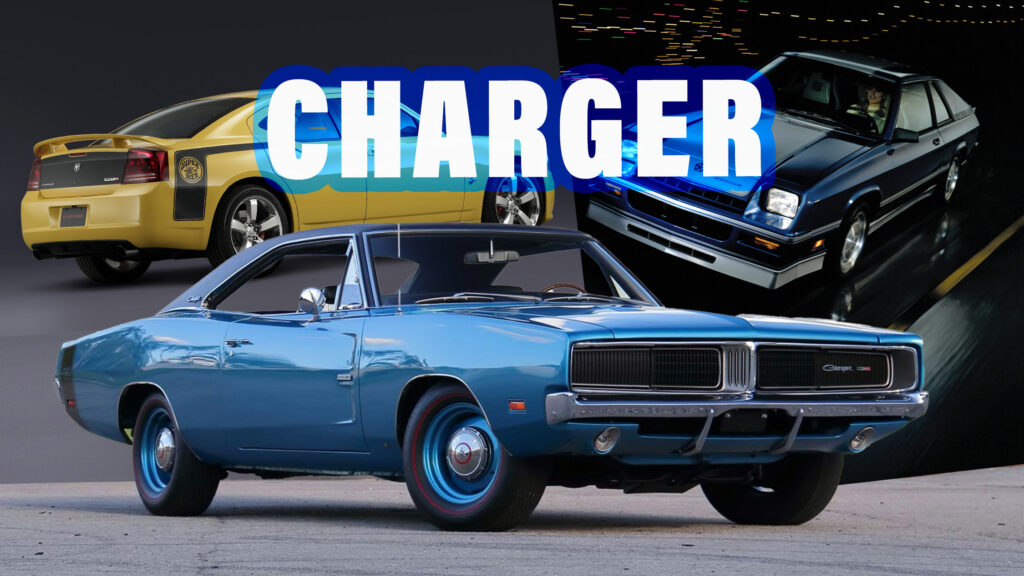
–>
Adapt or die. Automobiles were still 25 years in the future when Charles Darwin wrote about our past, showing how only species that had adapted to their changing environment survived. But the maxim applies to cars as well, which is why the Dodge is reinventing the Charger for 2025 with electric power and no V8 option.
It’s a radical shift for a car whose character is so tied up with gasoline culture. But take a look at the Charger’s history file and it becomes clear that the model has been forced to change multiple times in the past, even switching from a big V8 luxury coupe one minute to a 84 hp (85 PS) front-wheel drive one the next.
1964 Dodge Charger Concept
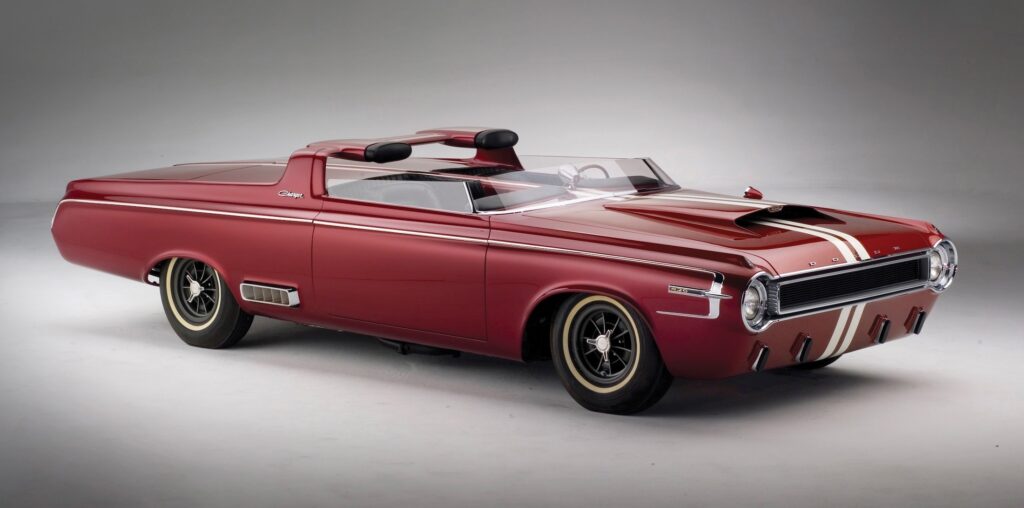
Related: Stellantis Patents Vibration System To Mimic Combustion Engines On Charger EV
Looking like a Dodge Polara that’s just run a red light and driven right under a semi trailer, the first Charger was unveiled as a concept in the fall of 1963. In addition to chopping the roof off to bring the height down to just 47.8 inches, Elwood Engels and his design team junked the bumpers and added magnesium Halibrand wheels to emphasise the Charger’s performance personality.
advertisement scroll to continue
Chrysler‘s legendary 426 Hemi wasn’t yet a thing but the 426 Wedge V8 under the concept’s hood could still pump out more than 400 hp (406 PS). RM Sotheby’s sold the only example in 2011 for $715,000.
1966-67 Dodge Charger
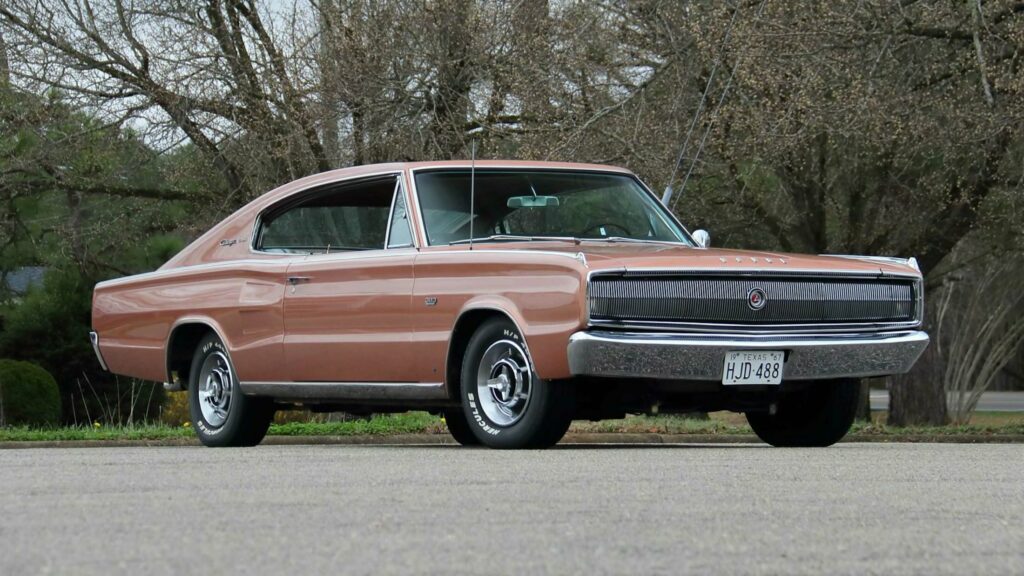
Previewed by 1965’s Charger II concept, the first production Charger applied a sporty fastback to Chrysler’s midsize B-body sedan platform. But just as eye catching was its electric razor grille complete with hideaway headlamps and the interior’s huge console (dropped for ’67) that split both the front and rear seats. Power options were V8s at every level and ranged from a wimpy 318 cu-in. (5.2 liter) to the 426 cu-in (7.0 liter) Hemi with twice the muscle.
One cool factoid about the first Charger is that it was also the first American car equipped with a rear spoiler. That sloping tail caused scary rear-end lift in NASCAR racing which Dodge tried to tame with a lip spoiler that then had to be offered as a dealer option to satisfy competition regs.
1968-70 Dodge Charger
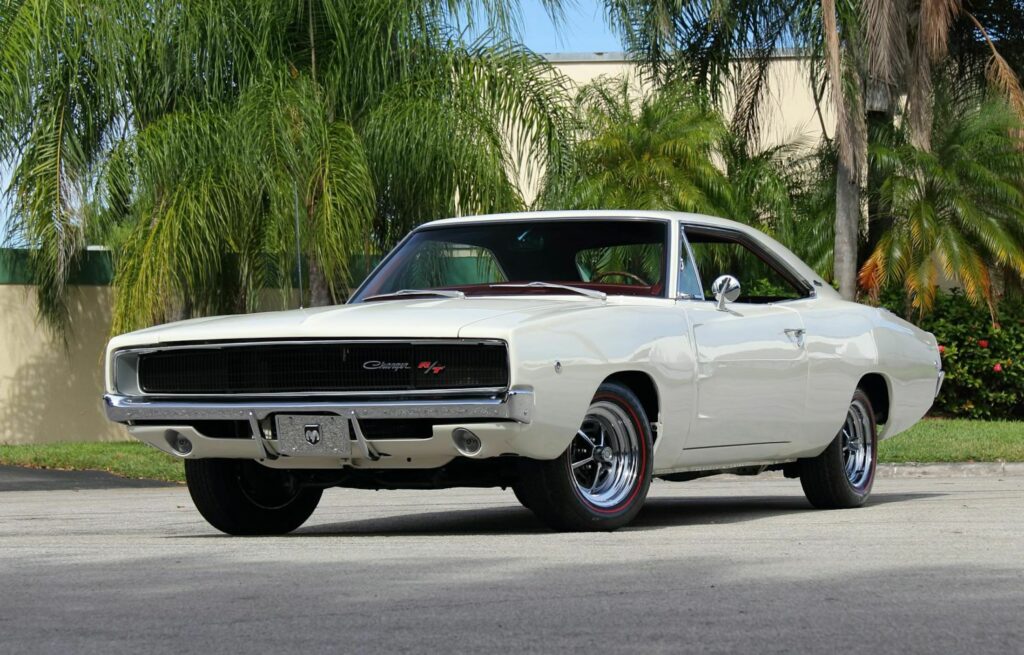
If the 2025 car had a cellphone, it’d have a picture of the ’68-70 as its wallpaper. The best known of all Chargers swapped the previous car’s heavy-looking fastback shape for cool Coke-bottle contours that proved a huge hit with buyers, sales jumping by a factor of six. Beneath the skin things weren’t much different, the lineup again topping out with the 425 hp (431 PS) Hemi, though for the first year of this generation you could even buy a Charger with a gutless 145 hp (147 PS) slant six.
The sexy recessed rear window and front grille looked fast on the street but made the Charger slow on the track. So for 1969 Dodge homologated the limited-run Charger 500, complete with flush nose and tail, but when even that didn’t work, things got really nutty and the winged Charger Daytona was born.
1971-74 Dodge Charger
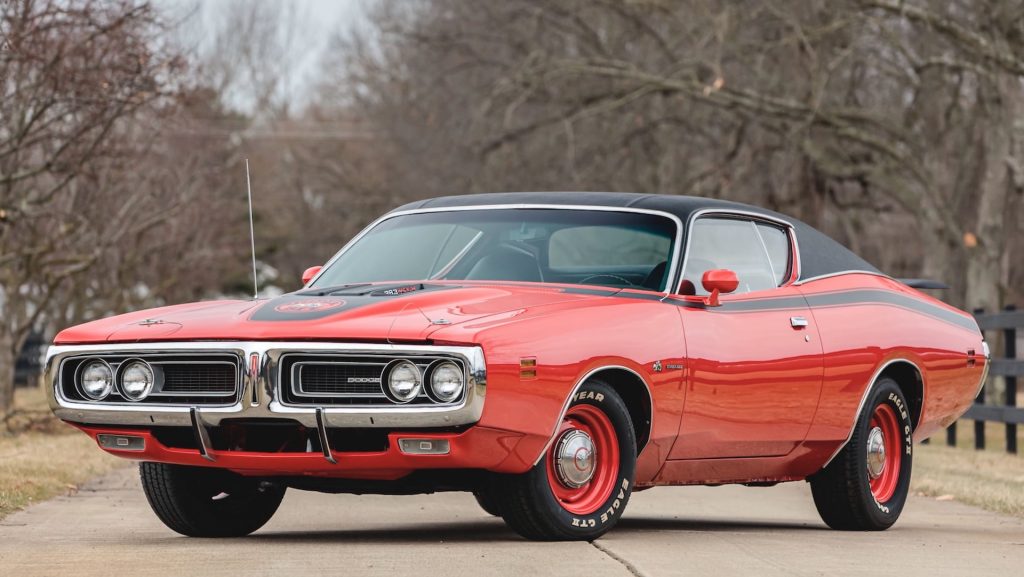
Arriving just as muscle’s golden age was beginning to fade, and with the smaller Challenger (launched in 1970) offering competition at the same dealerships, the third-gen Charger looked like it had a tough gig.
The first-year engines were as hot as the previous year’s and included the 425 hp (431 PS) 426 Hemi and 390 hp (395 PS) triple-carb 440 Six-Pack, but both were gone the following season. Not that buyers seemed to care. They loved the new “fuselage” body style as well as the luxury and design options Dodge pushed harder as the market moved away from performance.
1975-78 Dodge Charger
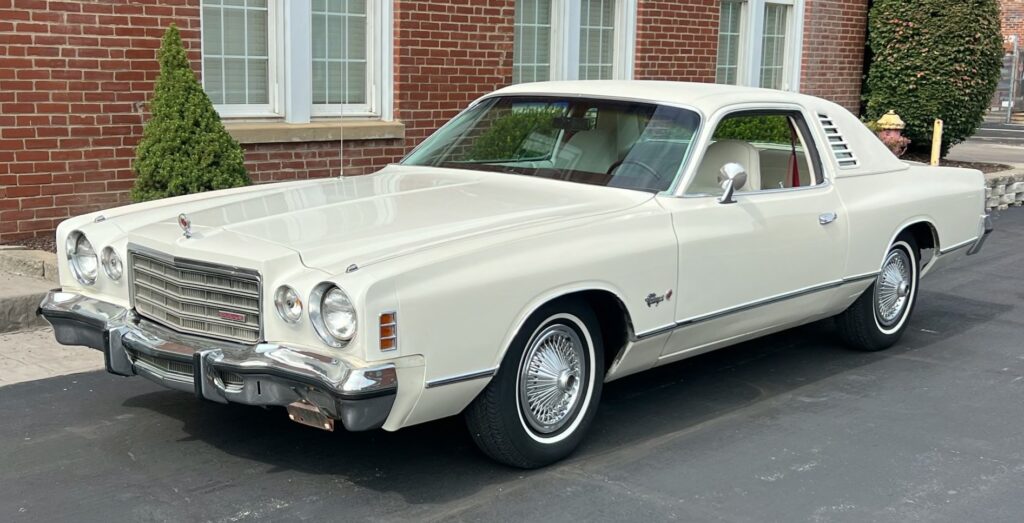
Now nothing but a badge-engineered Chrysler Cordoba, the new Charger had fully transitioned to a Thunderbird-style luxury coupe and had little to offer the performance enthusiast, though in truth, neither did many other cars in 1975.
There was a Daytona trim package, and you could get a 400 cu-in (6.6-liter) V8 with 225 net hp (228 PS) and dual exhausts, but underlining its lack of speed potential, the NASCAR teams stuck with the previous car for three years after it died because the boxy ’75-78s were hopelessly slow on the ovals.
1982-87 Dodge Charger

After four years away the Charger name was back, but that’s about all the 1982 car had in common with its V8 ancestors. The Charger was now a front-wheel drive coupe in the mold of VW’s Scirocco and wasn’t even a car in its own right, just a “performance” package on the Dodge Omni 024. The upgrade included a body kit and graphics, plus an 84 hp (85 PS) 2.2 instead of the 024’s 70 hp (71 PS) 1.7-liter VW motor.
advertisement scroll to continue
Things did get better, though. The entire model line was renamed Charger for 1983, the same year the Dodge dealers began selling Shelby versions. Those early Shelbys featured a tuned 2.2 but performance got a real shot in the arm when a 146 hp (148 PS) turbo version was added for 1985, and the ultimate Chargers of this generation were the 1,000 GLHS (Goes Like Hell Some More) models converted in 1987 at Shelby’s own plant to make 175 hp (177 PS).
1999 Dodge Charger R/T Concept

Build it, build it, build it! The Charger was back – kind of – for 1999 in the form of a stunning four-door coupe that made a good fist of updating the iconic ’68-70 car’s shape. Sadly, the Charger R/T was just a concept, and neither the styling (four doors excepted) nor the natural gas-fueled, 325 hp (330 PS), 4.7-liter V8 would appear on the 2006 car.
But at least Dodge showed that the will was there to get the Charger back on track.
2006-10 Dodge Charger
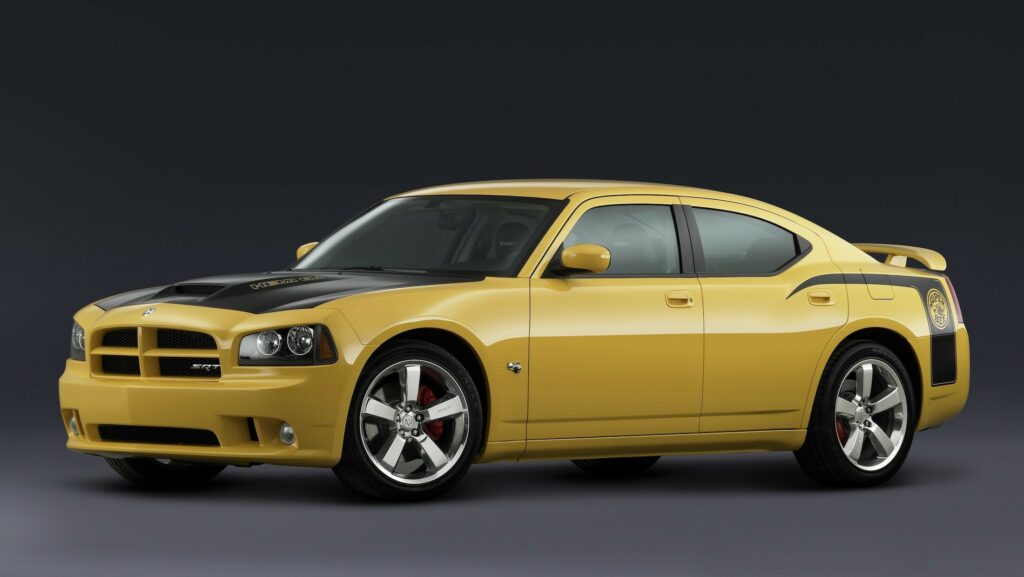
Chrysler recently celebrated the life of its 300 after the long-running sedan went out of production. But the Charger that Dodge spun off the same LX platform was an even bigger deal for cops and performance enthusiasts.
In 2006, for the first time in almost 30 years, you could buy a rear-wheel drive Charger (AWD was an option), and although base cars came with 2.7 and 3.5-liter V6 motors, a V8 was only an option tick away. Hottest of the lot were the SRT8 and retro Super Bee (above), whose 425 hp (430 PS) 6.1-liter Hemi V8s hauled them to 60 mph (96 km/h) in just 5 seconds.
2011-23 Dodge Charger
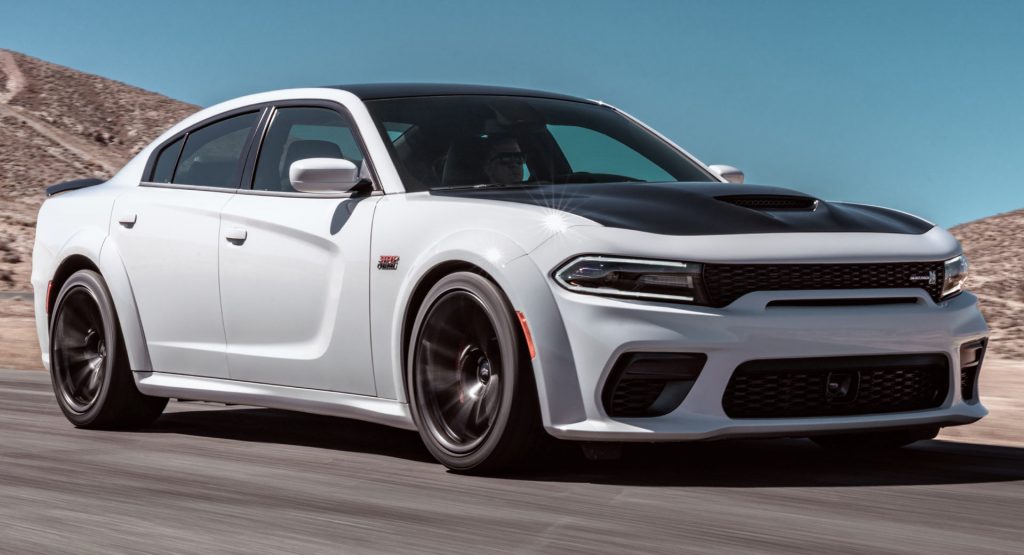
Related: State Trooper’s Hot Pursuit Ends With Own Dodge Charger Going Up In Flames
If 2006-10 had been about recapturing the 1960s Charger’s spirit in the Dodge lineup, 2012 was about injecting some of its style. The redesigned body gained door coves, just like the ’68-70 cars and a full-width rear taillights like the ’69-70 models.
Performance was improved across the board but went fully insane for the 2015 facelift when the supercharged Hellcat made its debut, offering 707 tire-shredding horsepower (717 PS). And Dodge didn’t stop there. The widebody 2021 Charger SRT Hellcat Redeye turned the wick up again, churning out 797 hp (808 PS) and making even an original 426 Hemi Charger look about as potent as a Mitsubishi Mirage.
2025 Dodge Charger Daytona
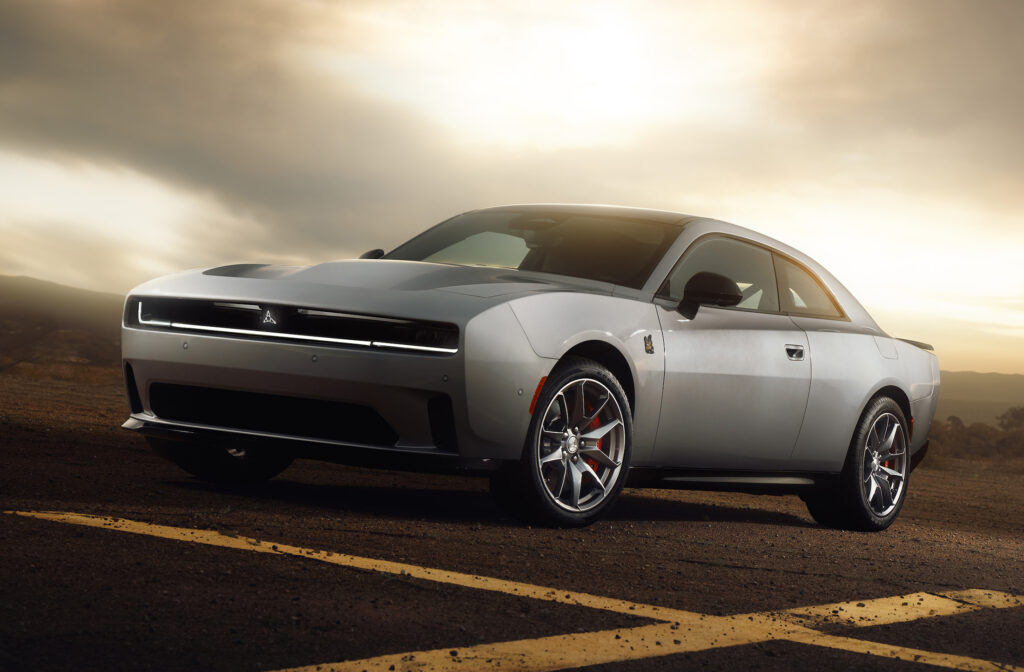
How do you keep a near-70-year-old badge relevant for 2025 and beyond? Dodge thinks it’s by junking the V8 options and introducing electric power to the Charger line for the first time in its history. It’s a bold move and one not all fans will love, but the good news is that performance is still at the heart of the Charger, there are two- and four-door body styles for the first time ever to take account for the demise of the Charger’s sister car, the Challenger, and ICE options are still on the table if you want them.
The Hurricane inline six is available in 420 hp (426 PS) and 550 hp (558 PS) forms at launch, hopefully with more to come, but the real big hitter is electric. The Charger Daytona EVs initially come with 496 hp (503 PS) or 670 hp (679 PS), the more potent one getting to 60 mph (96 km/h) in 3.3 seconds, but look out for a Tesla Plaid-rivaling Banshee arriving a year or so down the line.
Image credits: Mecum, RM Sotheby’s, Stellantis

 <!–
<!– –>
–> 
